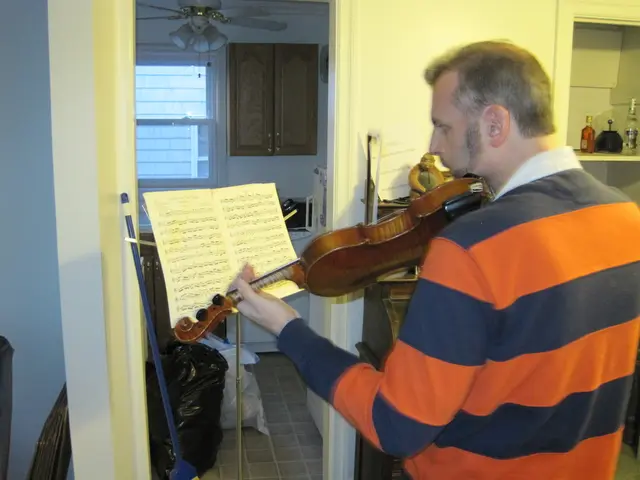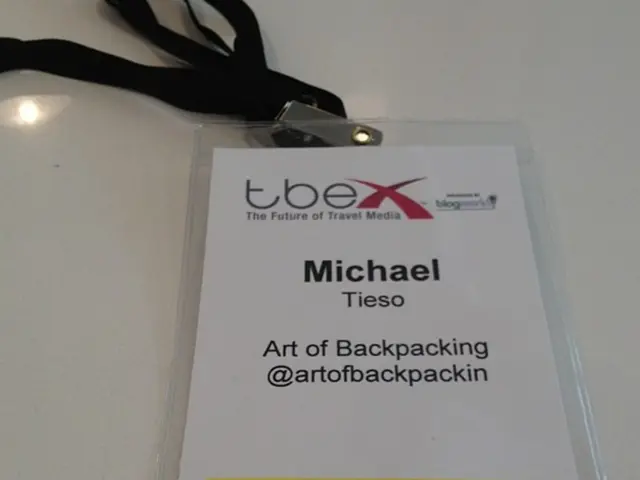Seeking a New Home for Over 2,000 Dolls: The Coburg Doll Museum's Next Chapter
Searching for a suitable location for displaying around 2000 dolls as a new exhibition venue - Display space prepared for approximately 2000 effigies
Let's dive into the search for a fitting new venue for the 2,000 enchanting dolls once housed in the Coburg Doll Museum. As of now, some exhibits have been temporarily moved to museums in Sonneberg and Bamberg, but discussions are ongoing for a permanent home. Louay Yassin, a spokesperson for the city of Coburg, shared this information with the German Press Agency.
Among the potential options, one should expect displays in multiple locations due to the sheer size and diversity of the collection. The largest part of the museum, which closed its doors at the end of 2022, remains safely stored in the Kulturfabrik Cortendorf, located on the outskirts of Coburg. The city's cultural department is hard at work brainstorming ways to shine a spotlight on the approximately 4,000 exhibits once again. But, as Yassin puts it, "like toys in the 1990s, dolls are no longer as much in the public eye today."
The idea of displaying parts of the exhibition at various locales has been kicking around for a while. However, with the city of Coburg no longer employing museum educators, professional presentation has become a challenge. Fortunately, the former director of the Coburg Doll Museum now works at the German Toy Museum in Sonneberg, Thuringia.
Interest in the Coburg Doll Museum waned over time, despite its opening as a private institution in 1987 and its acquisition by the city in 2007. Declining visitor numbers and the museum's listed building's inability to accommodate modern visitor needs were determining factors in its closure at the end of 2022.
Initially, a private foundation hoped to take over the collection and showcase it in the nearby town of Roedental. However, it was unable to secure the necessary funding, and the plan fell through. Since May 2024, the dolls, dollhouses, accessories, and more have been residing in the Kunstfabrik Cortendorf.
The museum, which featured dolls dating back to around 1800, exhibited the evolution of bourgeois child-rearing practices. The couple Carin and Hans Lossnitzer from Ettlingen near Karlsruhe established the museum in 1987, displaying their private collection.Since over two-thirds of the exhibits were from North Franconia or South Thuringia, the founders selected Coburg as the museum's location. In 2007, the city took ownership of the collection and continued to manage the museum.
- Coburg
- Sonneberg
- Bamberg
- German Press Agency
- 1990s
In the hunt for fresh leads on the dolls' next home, consider the following steps:
- Check Local News: Keep an eye on local news outlets in Coburg or surrounding areas for updates on the search for a new venue.
- Connect with Museum Networks: Reach out to local museum networks or cultural organizations to inquire about any movement or potential plans regarding the relocation of the doll collection.
- Engage in Community Forums: Participate in local community forums or social media groups to gather information on any developments related to cultural institutions in the area.
As we continue to follow the journey of the dolls from Coburg, stay tuned for updates on their new home!
- The city of Coburg, where the dolls originated, could benefit from implementing a community policy that encourages dialogue and collaboration with local museum networks and cultural organizations to facilitate the finding of a suitable permanent home for the Coburg Doll Museum collection.
- While exploring new home options for the doll collection, it may be advantageous to explore vocational training opportunities for museum educators to enhance the presentation of the exhibits and attract a wider audience, highlighting the importance of a captivating home-and-garden lifestyle display in order to increase public interest in the museum.








